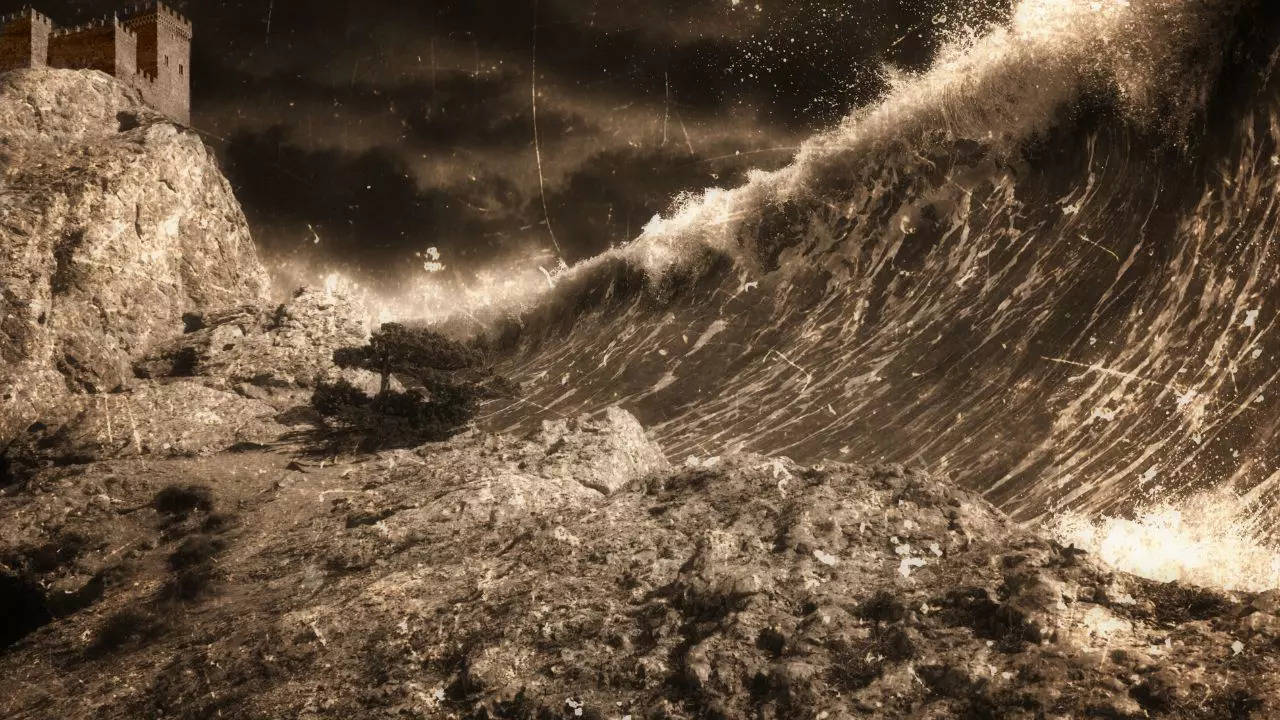Deadly Earthquake Triggers Tsunami Fears Worldwide
The earthquakes have highlighted the vulnerability of communities to tsunami disasters, emphasizing the need for international cooperation and disaster preparedness to minimize the risk of loss of life and property. With the threat of tsunamis ever-present, it is crucial to learn from past disasters and work towards creating a safer and more resilient world.

A series of powerful earthquakes has struck various parts of the world, triggering tsunami alerts and causing widespread panic, with a 4.3-magnitude earthquake hitting Pakistan and a magnitude-6.9 earthquake striking off the coast of Papua New Guinea's New Britain island.
The recent earthquakes have raised concerns about the potential for devastating tsunamis, similar to those that have occurred in the past, such as the Tohoku Tsunami in Japan in 2011, which killed nearly 20,000 people, and the Indian Ocean Tsunami in 2004, which claimed over 230,000 lives across 14 countries. The Iranian Tsunami in 2003 and the Valdivia Tsunami in Chile in 1960 also caused significant damage and loss of life.
In Pakistan, the 4.3-magnitude earthquake caused panic in Islamabad and various parts of Khyber Pakhtunkhwa and northern Punjab, with its epicentre located near the tri-border region of Pakistan, Afghanistan, and Tajikistan. Fortunately, no major damage or casualties were reported. Meanwhile, the tsunami alert issued after the earthquake off the coast of Papua New Guinea's New Britain island was later cancelled by the US Tsunami Warning Center.
As the world remains vigilant in the face of these powerful earthquakes, it is essential to remember the devastating impact of tsunamis and the importance of being prepared for such disasters. The recent earthquakes serve as a reminder of the need for effective disaster management and emergency response systems to mitigate the effects of such events.